New Zealand punches well above its weight when it comes to passionate purveyors of historic race cars. We uncover the story of this special Porsche 962, restored and raced by the crew at classic revival.
“You know, I wasn’t really all that aware of the Group C cars in period,” muses Paul Higgins, the driving force behind Classic Revival as we discuss their recently restored Porsche 962 endurance machine.
The recollection could appear unusual given the subject material and Higgins’ passion for the Stuttgart brand but in the 1980s the turbo-era in sportscar racing simply wasn’t widely broadcast here. Half a world away, Porsche was conducting business as usual. In 1982 it kicked off an unparalleled streak of endurance racing domination with the Group C 956. Four straight World Sportscar Championship (WSC) titles fell to the boosted flat-six monster, plus a quartet of Le Mans victories.
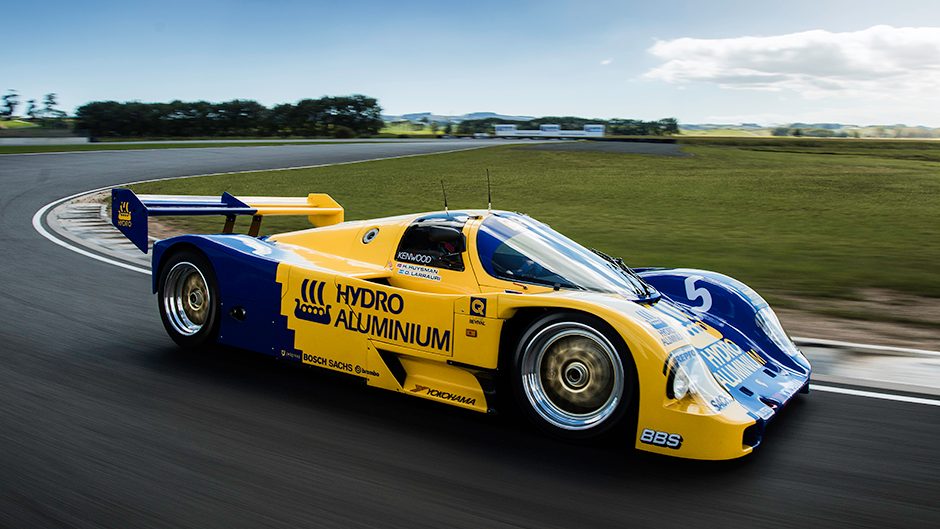
The 956 epitomised motorsport success, until stymied by regulations heading into the 1985 season. Debuting at the tail end of 1984, Porsche’s replacement for the 956 hit the circuits in full effect for 1985. Designated 962, to the untrained eye its sweeping lines appeared identical to its predecessor’s.
Safety regulations meant the axle line was repositioned forward of the driver’s feet while the aluminium tub would now require a steel roll cage in place of the previous alloy units. It too was successful. A further two Le Mans victories made it six on the bounce for Porsche, plus another WSC championship.
Much of the 962’s rampant success was due to sheer numbers, for no other Group C competition car was produced on such a scale. While there were only 10 ‘works’ cars, somewhere in the vicinity of 120 962s have supposedly been built.
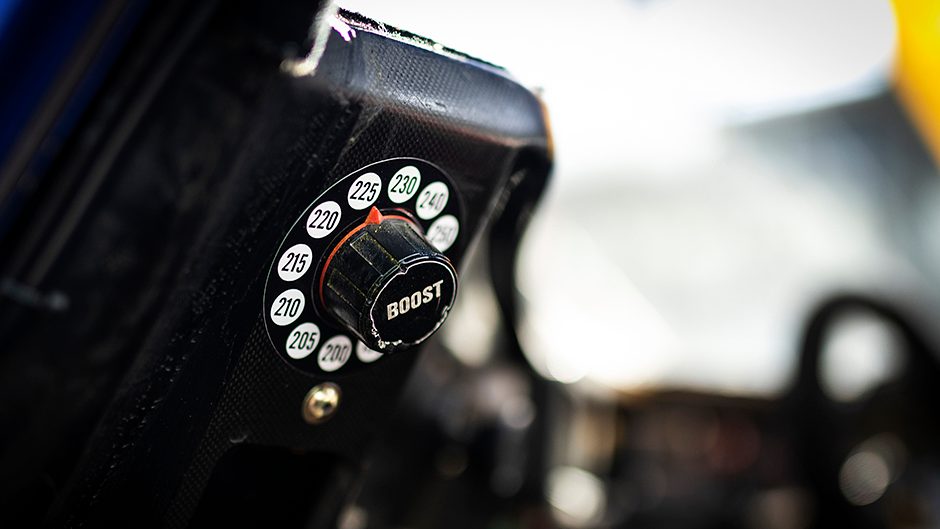
The debut of the 962 in 1985 also coincides with Higgins’ blossoming passion for the Porsche marque. With a stash of savings he’d initially made a beeline for the BMW dealership with designs on a brand new 323i. But fortuitously, a dismissive salesman put paid to that plan.
Down the road at the Coutts used dealership, a five-year old 911 SC caught Paul’s eye. A South African import, with the steering wheel on the left “as the previous owner thought it should be,” the SC kick-started an enduring appreciation for driving and curating the Porsche marque.
Higgins delved head first into club racing before his Porsche experience kicked up a notch. A 930 turbo joined the fold in 1987, then retired in favour of racing a 1973 911 2.7RS, followed up with a couple of years in the Bridgestone Porsche series piloting a 2.7RS replica. That stint included a Class B overall win.
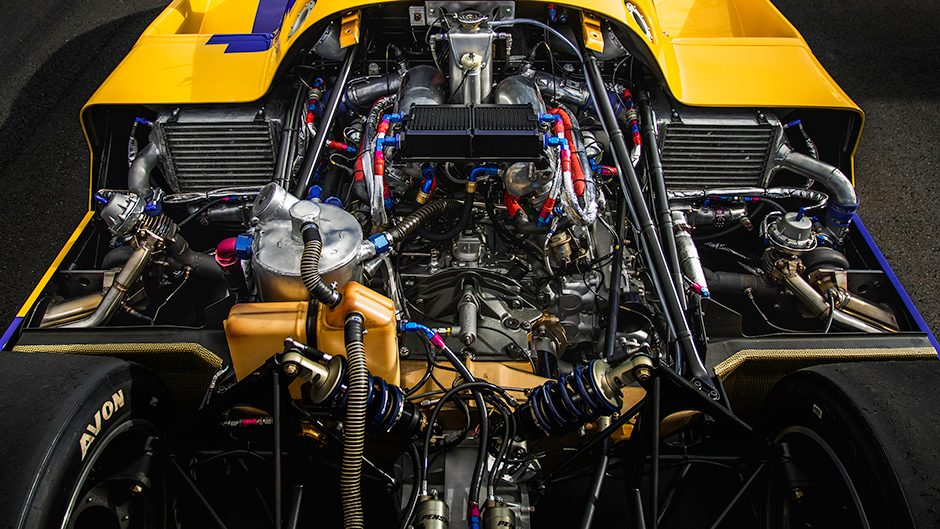
Rolling forward to 1995, with the replica RS gone, Higgins found himself behind the wheel of his first factory-built Porsche racer. Imported to New Zealand by Porsche racing stalwart, Bill Fulford, the 964 RSR 3.8 came with a glove box overflowing with history. Campaigned by Roock Racing, the RSR won the 1993 Spa 24hr race overall, winning also at Interlagos and dominating the ADAC GT Cup series in 1994.
It saw several years of service on Kiwi circuits in the hands of Higgins, and was a car he remembers fondly, even considering it ‘the one that got away’. Regardless, selling the RSR allowed his son Andy to campaign a Formula 5000, and Higgins formed the Classic Revival group dedicated to the restoration and racing of significant old racers.
While Classic Revival had already assumed responsibility for the restoration of his 1989 March CG891 Formula 1 car, Higgins’ 2015 visit to the Rennsport Reunion at Laguna Seca sowed the sports prototype seeds.
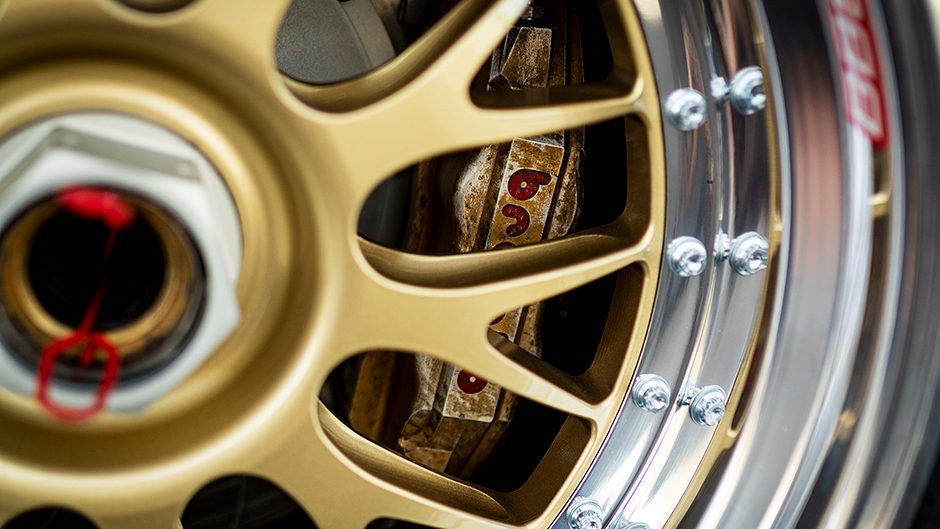
“I went to Rennsport with no particular idea in mind,” Higgins quips. A four-yearly celebration of all things Porsche motorsport, the event sags under the weight of Stuttgart’s machines of provenance. Immersed in an environment thick with sports racers, the occasion set ideas in motion for Higgins.
“I looked around and saw all these older guys driving these cars,” Higgins laughs, “and thought, well, I could do this too.” The 962 wasn’t the first choice. The history and character of the 907, 908 and 910s of the 1960s proved alluring but price tags said otherwise. So the scope moved a couple of decades later, deep into the 1980s and into the 962 years.
“I’d been enthralled by these a few years earlier at Silverstone, so it seemed like the right choice. What I quickly learned was that not all 962s were equal.”
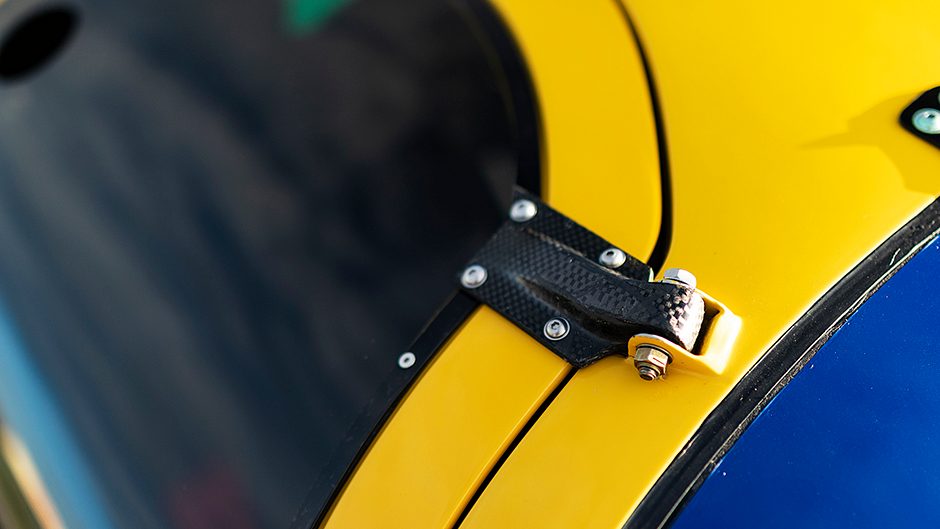
To clarify, a Le Mans winner, or even a factory Porsche-built car reached the upper echelons of 962 provenance and value. Porsche withdrew from full-time Group C competition following the 1987 season, concentrating instead on customer cars. One repeat customer was Brun Motorsport, founded by Swiss racer, Walter Brun in 1983, responsible for bringing 962-003BM to the track for the 1989 WSC in its blue and yellow Hydro Aluminium war paint.
By this stage many considered the 962’s aluminium monocoque lacking in rigidity against the carbon-tubbed competition. Brun enlisted the talents of John Thompson, of TC Prototypes, who was developing a carbon fibre and aluminium honeycomb hybrid to address the rigidity issue.
The 962-003BM was no different in this aspect, however it differed aerodynamically. In its sprint tail configuration, it had a separate dual-element wing with unique “scooped out” bodywork sections immediately trailing the front arches. With a factory-spec 3.0-litre twin turbo, 962-003BM was integral to Brun’s 1989 WSC challenge, achieving best finishes of fifth at Donington and second in Mexico.
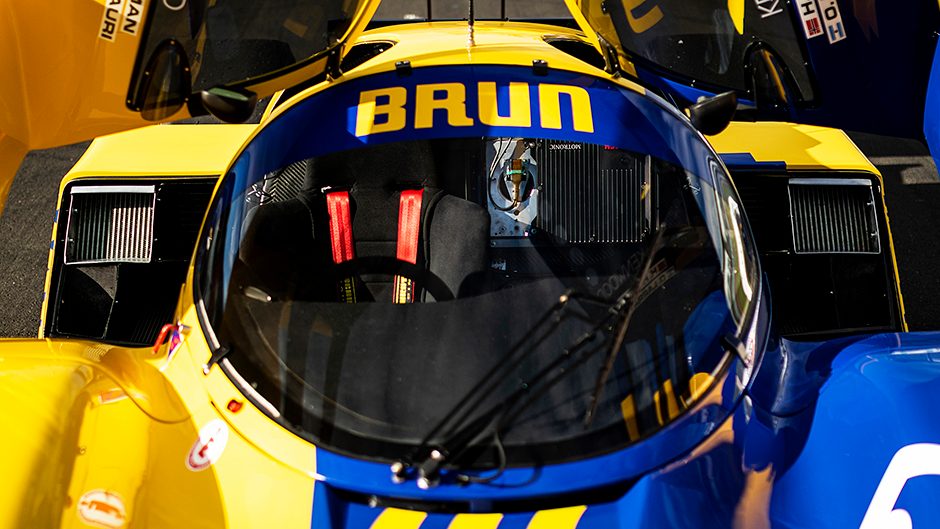
Driving the car on both occasions were Dutchman Harold Huysman and Argentine Oscar Larrauri. Mexico was the final time a 962 would reach second place in a WSC round. Despite a strong qualifying performance for Le Mans in 1989, the 962 would DNF with a mechanical failure before reappearing in 1990 for a single WSC round at Monza, and a repeat appearance at Le Mans packing the latest 3.2-litre powerplant. This time, things went somewhat better, with the team crossing the line in tenth.
Sold off at the end of 1990, the car competed in a handful of European Interserie races in the hands of German privateer Willy Koenig. The 962-003BM then graced two private collections in the UK, latterly the well-known Historic Porsche Collection of Group C cars. From here a deal was inked, switching custody to the Classic Revival team with a sole purpose in mind; revival and competition among historic Group C grids.
Having essentially driven off the track and into a collection, once the resto process began it was evident 962-003BM offered the perfect starting point. Having never been molested, nor involved in any major racing incidents, the tub proved to be very straight. “We wanted to restore it sympathetically, retaining as many original parts as possible with a focus on safety and reliability,” Higgins says. Being competitive was important, but retention of original character was paramount.
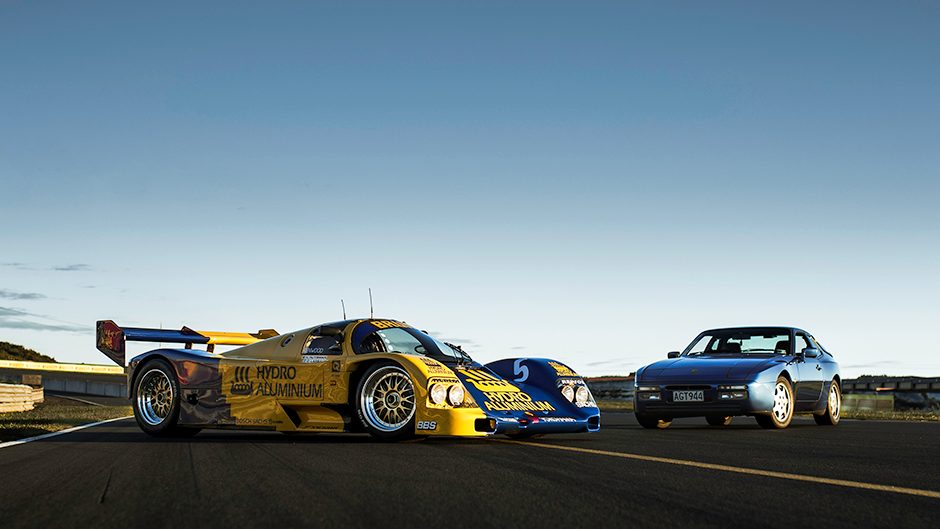
With the car still in the UK, Classic Revival partnered with XTec Engineering in Birmingham, a known specialist with the Group C 962 mechanicals. Parked in a corner of XTec’s workshop, Andy Higgins assumed temporary residence in the UK tasked with stripping and rebuilding mechanicals. Here, the 3.2 received uprated turbos and was rebuilt, along with the gearbox.
The wiring loom was replaced and the old Motronic ECU substituted for a modern MoTec M800 unit in the interest of reliability. You wouldn’t pick it; the MoTec electronics hide inside a bespoke CNC-milled housing mimicking that of the original Bosch.
Dyno runs proved the mechanicals were working as intended, with power levels consistent with those in period, and the 962 was duly sent to New Zealand. Upon arrival, focus turned to the suspension, braking and steering systems.
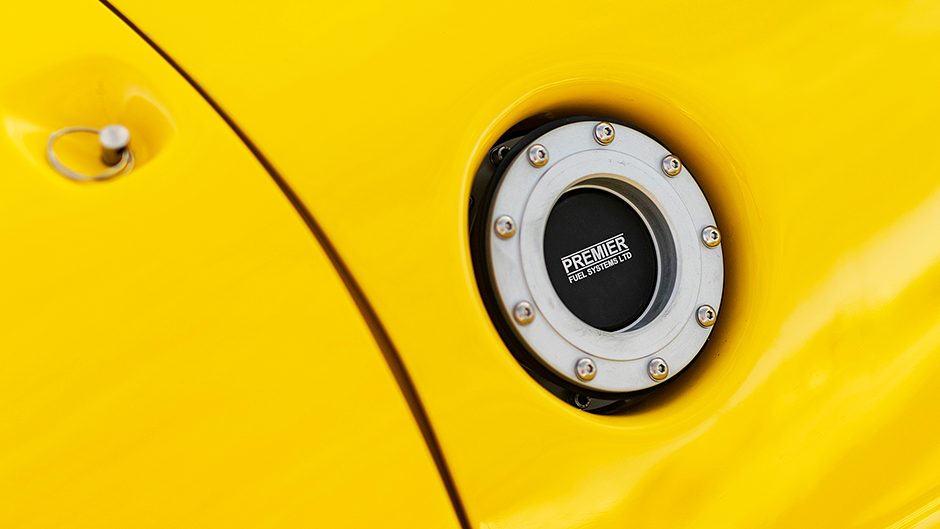
Enlisting the expertise of JWB Group, a progressive Auckland-based engineering firm, parts needed that were no longer available were CNC machined to replicate the exact fitment and function of the originals. Without design assistance from Kinetic Simulation, a company operated by another of Higgins’ sons, David, many of these parts may not have come to fruition. CAD technology and 3D scanning helped breathe life back into a 1980’s sportscar icon.
With the finer details in place, the short tail body work was draped over the tub. The Hydro Aluminium livery has remained, as vibrant and fresh as it was in 1989. A return to the tarmac in Europe beckoned, but not before a brief systems check at Hampton Downs. The car arrived in Europe at the end of April and was whisked to Akron Sport in the UK, responsible for trackside support. With a short shakedown and test session at Donington, Classic Revival looked forward to a competitive debut at Spa Classic.
“I was intimidated by Eau Rouge, but really I shouldn’t have been,” Higgins says of his first crack at Spa. Gaining the confidence of the downforce proved key to improvement and after correcting a boost fault to liberate an extra couple of hundred horsepower, the 962 performed faultlessly, qualifying 18th in a field of 28.
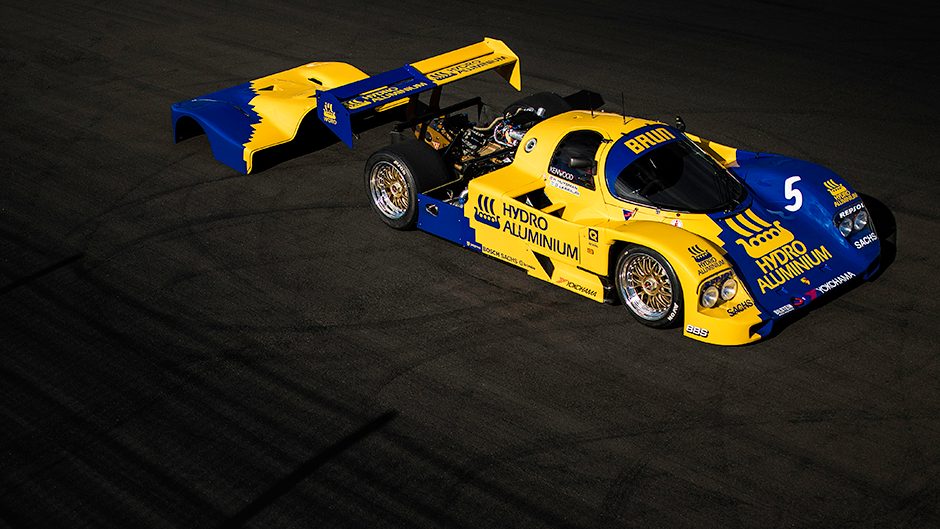
The first race yielded an 11th place finish for the Higgins duo, cause for celebration before the 962-003BM’s return to Le Mans. The bi-annual Le Mans Classic celebrates endurance racing history and was the key event for the Classic Revival Porsche 962. Although invitational, the Group C class attracts a huge grid, spanning the early 1980s to the 3.5-litre hardware of the early 90s.
Benefitting from time in the race simulator, Andy Higgins qualified 12th. He was able to match the pace of the experienced 962 pilot, Aaron Scott, of Akron Sport during the race and was running as high as sixth at one stage. A compulsory pit stop saw Paul take the reins but he was thwarted by a safety car and eventually succumbed to the aggressive but respectful European style of driving. Although they finished a little further down the order, the experience was nonetheless unforgettable.
“To drive out of Tertre Rouge in a 962 onto the Mulsanne is just special, although you’re busy, you don’t have time to get too sentimental.” A mid-pack finish echoed the car’s period results. Testament to the quality of the rebuild, the 962’s top speed was clocked at 315km/h, the third fastest of the meeting.
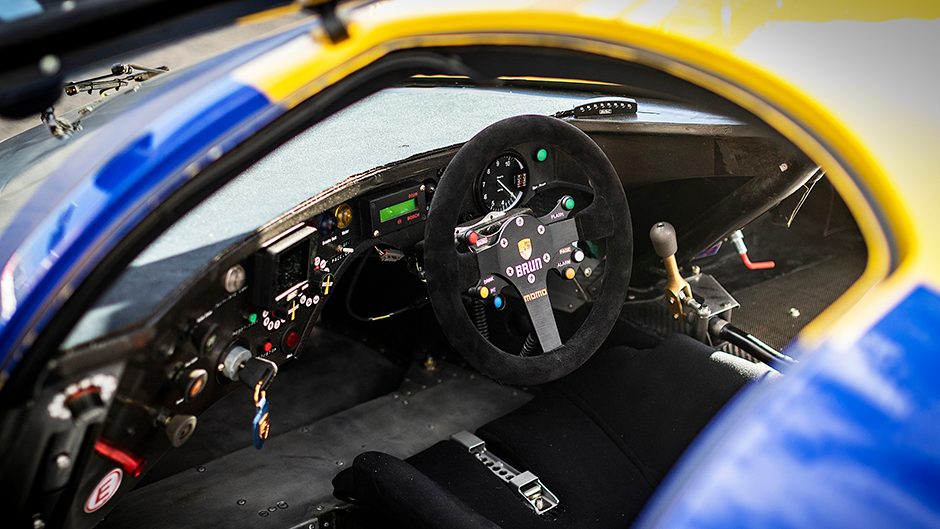
A chance encounter with a Goodwood selector led to an invite to the famous Festival of Speed. “It’s mind boggling, like sitting down to dinner with the Queen, being among those cars and drivers. You wonder how you got there!” Parked alongside Le Mans-winning Porsches and socialising with famous drivers, the Goodwood experience offered the Classic Revival team the ultimate sign off to the European experience.
At the time of writing the 962 is waiting to turn a wheel at Laguna Seca’s Rennsport Reunion, a strictly Porsche affair celebrating the 70th anniversary of the marque. Eventually, it is heading back home to New Zealand, where we may yet be treated to the whistle of twin-turbos accompanying the distinctive off-beat howl of a Porsche flat six on local race tracks.


